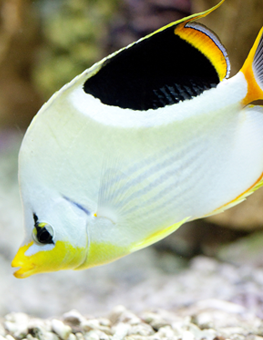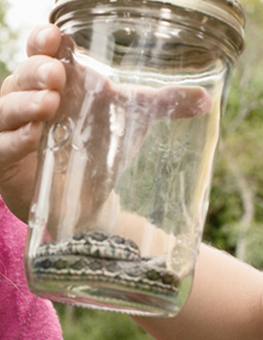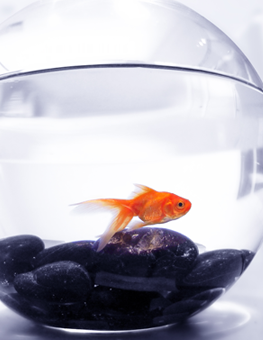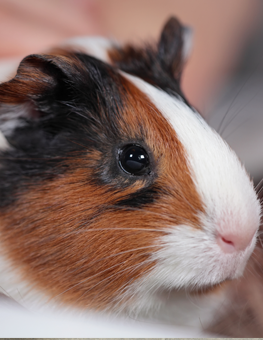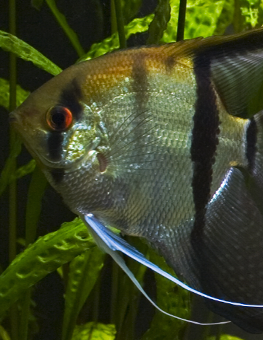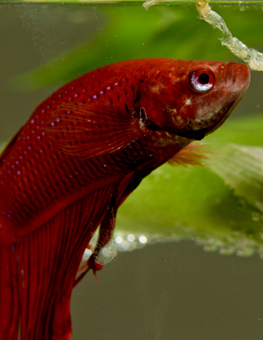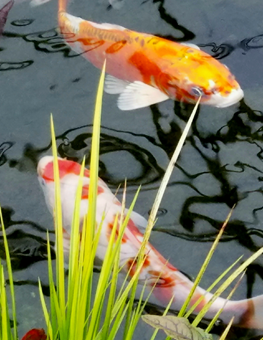Controlling Algae in Your Pond
Algae can grow out of control, depleting oxygen, clogging filters and diminishing the beauty of your pond.
Algae, a single-cell plant, proliferates when properly nourished with sunlight, nitrogenous waste and water. Although your fish may enjoy it as food, it takes some pretty big eaters to keep up with algae production and it can easily grow out of control. It can clog filter inlets and water pumps and choke the growth of desirable plant life. Decaying algae also hurts water quality and can ruin the beauty of your pond
Prevention is key: Your best shot at keeping algae under control is to starve it. By following this integrated, three-step program, you should be able to keep algae growth at a level that won’t cause too many problems.
- Reduce the amount of exposure to sunlight; placing the pond in an area that offers partial shade or only filtered sunlight is the first and best step.
- Fill the pond with lilies and other water plants that fight algae by competing with it for nitrogenous waste products (nitrates) that they both consume.
- Keep pond water clean and free of decaying organic matter that creates excess nitrogenous waste.
Algae bloom: Under the right circumstances, algae can grow very rapidly, resulting in what is called an algae bloom. An algae bloom can lead to a dangerous and rapid lowering of oxygen levels in the pond water. What should you do if you’re struck with a sudden algae bloom?
- Physically remove as much of the algae as possible from the water surface with a net or rake.
- Purchase a flocculating agent made specifically for removing algae from fish ponds. A flocculent is a chemical that causes the algae to clump together. Flocculants do not kill the algae; they just corral it for collection
and easier removal.
Algaecides actually kill the algae, but take care that these chemicals do not harm the fish. Dead algae must also be promptly removed from the pond before it decomposes and pollutes the water. - After treating the pond water as directed above, follow up with a water change to remove the residue of these chemical substances from the pond.
As a side effect, some of these products reduce oxygen content, so it is a good idea to increase surface agitation after you use these chemicals to restore dissolved oxygen levels so your fish can breathe easier.
With the proper steps your pond will be algae-free in no time. And, with a smart pond-management plan, it will stay that way.




